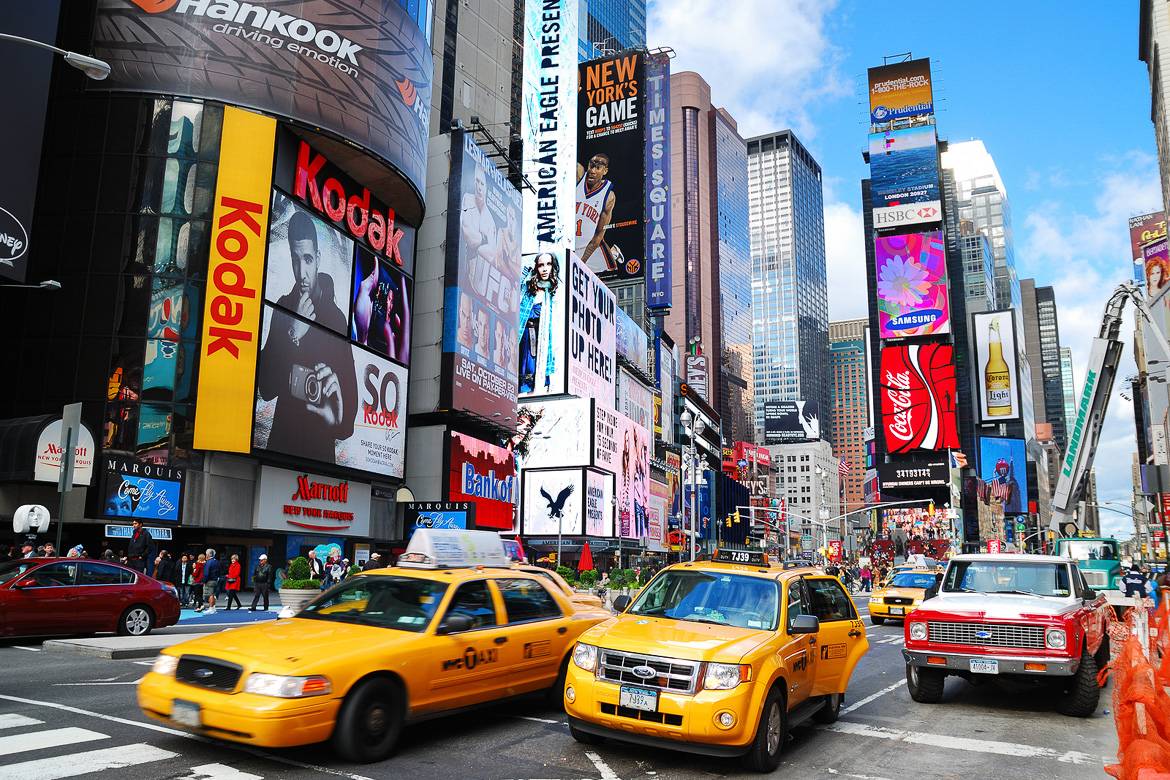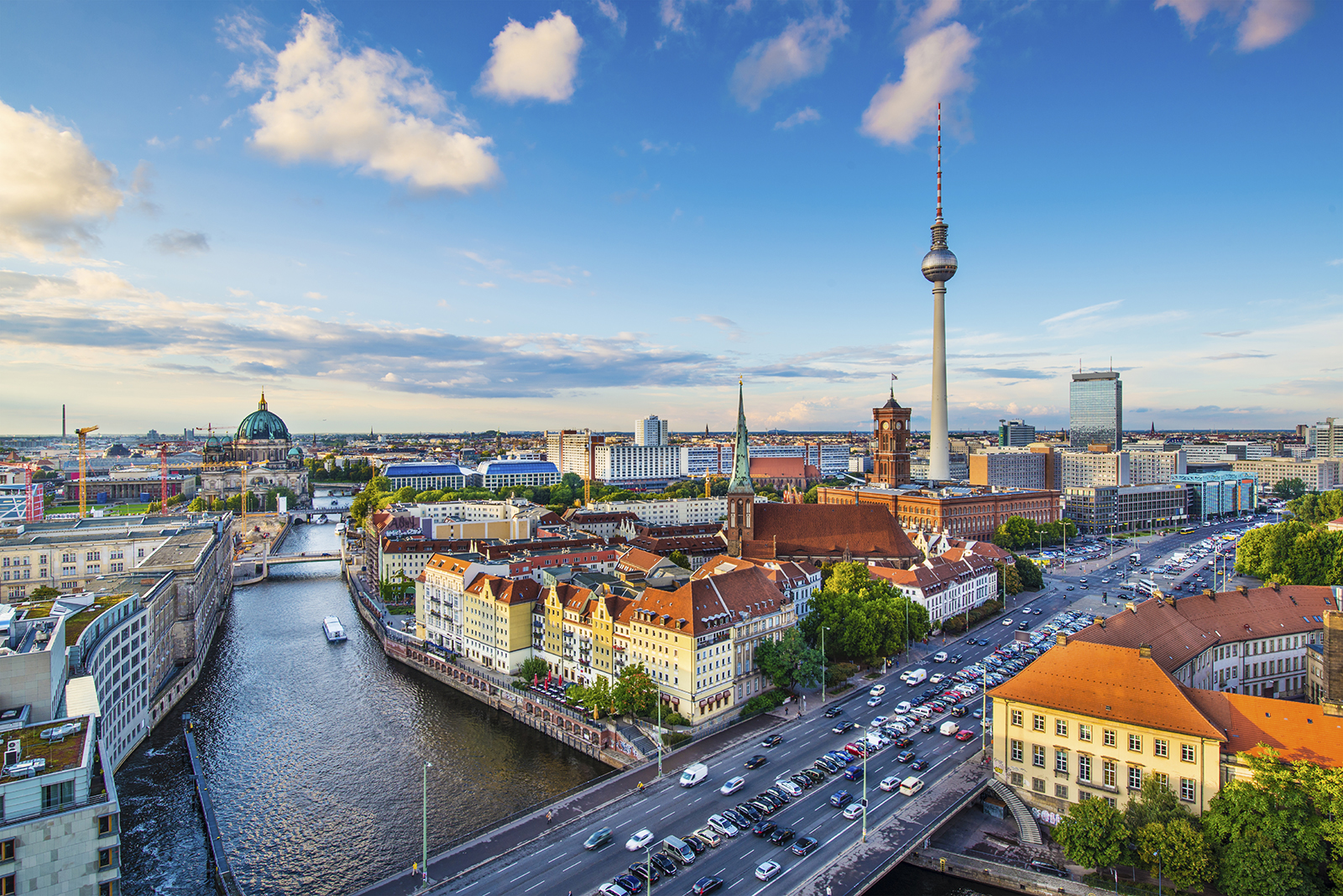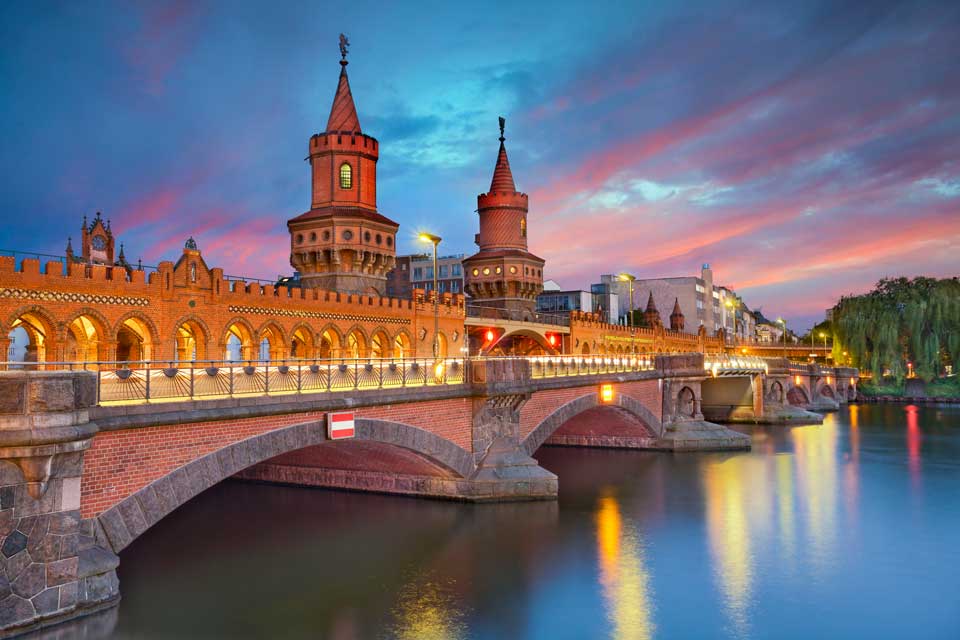Moscow
 Moscow is the capital and most crowded city of Russia, with 12.2 million occupants inside the city limits and 17.1 million inside the urban area. Moscow is perceived as Russian government city.
Moscow is the capital and most crowded city of Russia, with 12.2 million occupants inside the city limits and 17.1 million inside the urban area. Moscow is perceived as Russian government city.
Moscow is a noteworthy political, financial, social, and logical focal point of Russia and Eastern Europe, and also the biggest city completely on the European landmass. By more extensive definitions Moscow is among the world's biggest urban communities, being the fourteenth biggest metro territory, the eighteenth biggest agglomeration, the fifteenth biggest urban zone, and the eleventh biggest by populace inside city limits around the world. As indicated by Forbes 2013, Moscow has been positioned as the ninth most costly city on the planet by Mercer and has one of the world's biggest urban economies, being positioned as an alpha worldwide city as per the Globalization and World Cities Research Network, and is likewise one of the quickest developing traveler goals on the planet as per the MasterCard Global Destination Cities Index.
Moscow is the northernmost and coldest megacity and city on Earth. It is home to the Ostankino Tower, the tallest unsupported structure in Europe; the Federation Tower, the tallest high rise in Europe; and the Moscow International Business Center. By its regional development on July 1, 2012 southwest into the Moscow Oblast, the zone of the capital dramatically increased, going from 1,091 to 2,511 square kilometers (421 to 970 sq mi), and it picked up an extra populace of 233,000 people.
Moscow is arranged on the Moskva River in the Central Federal District of European Russia, making it Europe's most populated inland city. The city is outstanding for its engineering, especially its memorable structures, for example, Saint Basil's Cathedral with its brilliantly hued vaults. With more than 40 percent of its domain secured by greenery, it is one of the greenest capitals and real urban areas in Europe and the world, having the biggest backwoods in a urban territory inside its fringes—more than some other significant city—even before its extension in 2012. The city has filled in as the capital of a movement of states, from the medieval Grand Duchy of Moscow and the resulting Tsardom of Russia to the Russian Empire to the Soviet Union and the contemporary Russian Federation.
 Moscow is the seat of energy of the Government of Russia, being the site of the Moscow Kremlin, a medieval city-fortification that is today the living arrangement for work of the President of Russia. The Moscow Kremlin and Red Square are additionally one of a few World Heritage Sites in the city. The two assemblies of the Russian parliament (the State Duma and the Federation Council) likewise sit in the city. Moscow is viewed as the focal point of Russian culture, having filled in as the home of Russian specialists, researchers and games figures and in view of the nearness of historical centers, scholarly and political organizations and theaters.
Moscow is the seat of energy of the Government of Russia, being the site of the Moscow Kremlin, a medieval city-fortification that is today the living arrangement for work of the President of Russia. The Moscow Kremlin and Red Square are additionally one of a few World Heritage Sites in the city. The two assemblies of the Russian parliament (the State Duma and the Federation Council) likewise sit in the city. Moscow is viewed as the focal point of Russian culture, having filled in as the home of Russian specialists, researchers and games figures and in view of the nearness of historical centers, scholarly and political organizations and theaters.
The city is served by a travel arrange, which incorporates four universal airports, nine railroad terminals, various cable cars, a monorail framework and one of the most profound underground quick travel frameworks on the planet, the Moscow Metro, the fourth-biggest on the planet and biggest outside Asia as far as traveler numbers, and the busiest in Europe. It is perceived as one of the city's milestones because of the rich engineering of its 200 stations[citation needed].
 Moscow has gained various appellations, most alluding to its size and overwhelming status inside the country: The Third Rome , The Whitestone One, The First Throne , The Forty Forties (Сорок Сороков) (The Forty Soroks, "sorok" deciphers as forty, yet here it is old name of locale or area, and "forty" in old Russian means not 40, but rather "extraordinary many"). Moscow is one of Hero Cities. In old Russian "Сорок" (forty) additionally implied a congregation authoritative region, which comprised of around forty chapels. The demonym for a Moscow occupant is "москвич" (moskvich) for male or "москвичка" (moskvichka) for female, rendered in English as Muscovite.
Moscow has gained various appellations, most alluding to its size and overwhelming status inside the country: The Third Rome , The Whitestone One, The First Throne , The Forty Forties (Сорок Сороков) (The Forty Soroks, "sorok" deciphers as forty, yet here it is old name of locale or area, and "forty" in old Russian means not 40, but rather "extraordinary many"). Moscow is one of Hero Cities. In old Russian "Сорок" (forty) additionally implied a congregation authoritative region, which comprised of around forty chapels. The demonym for a Moscow occupant is "москвич" (moskvich) for male or "москвичка" (moskvichka) for female, rendered in English as Muscovite.
Moscow's design is widely acclaimed. Moscow is the site of Saint Basil's Cathedral, with its exquisite onion vaults, and in addition the Cathedral of Christ the Savior and the Seven Sisters. The primary Kremlin was worked amidst the twelfth century.
Medieval Moscow's outline was of concentric dividers and converging outspread avenues. This format, and in addition Moscow's streams, helped shape Moscow's outline in resulting hundreds of years.The Kremlin was reconstructed in the fifteenth century. Its towers and some of its chapels were worked by Italian engineers, loaning the city a portion of the quality of the renaissance. From the finish of the fifteenth century, the city was decorated by brick work structures, for example, religious communities, castles, dividers, towers, and temples.
The city's appearance had not changed much by the eighteenth century. Houses were made of pine and spruce logs, with shingled rooftops put with grass or secured by birch bark. The revamping of Moscow in the second 50% of the eighteenth century was required by steady flames, as well as the necessities of the respectability. A significant part of the wooden city was supplanted by structures in the established style.
/kremlin--moscow--russia-133804831-597a7129396e5a00114bb330.jpg) For a lot of its engineering history, Moscow was ruled by Orthodox places of worship. Be that as it may, the general appearance of the city changed definitely amid Soviet circumstances, particularly because of Joseph Stalin's huge scale push to "modernize" Moscow. Stalin's gets ready for the city incorporated a system of expansive roads and roadways, some of them more than ten paths wide, which, while extraordinarily streamlining development through the city, were built to the detriment of an extraordinary number of authentic structures and locale. Among the numerous losses of Stalin's decimations was the Sukharev Tower, a long-lasting city milestone, and in addition manors and business structures The city's recently discovered status as the capital of a profoundly mainstream country, made religiously noteworthy structures particularly defenseless against destruction. A large number of the city's holy places, which much of the time were some of Moscow's most established and most unmistakable structures, were obliterated; some prominent cases incorporate the Kazan Cathedral and the Cathedral of Christ the Savior. Amid the 1990s, both were revamped. Numerous littler places of worship, notwithstanding, were lost.
For a lot of its engineering history, Moscow was ruled by Orthodox places of worship. Be that as it may, the general appearance of the city changed definitely amid Soviet circumstances, particularly because of Joseph Stalin's huge scale push to "modernize" Moscow. Stalin's gets ready for the city incorporated a system of expansive roads and roadways, some of them more than ten paths wide, which, while extraordinarily streamlining development through the city, were built to the detriment of an extraordinary number of authentic structures and locale. Among the numerous losses of Stalin's decimations was the Sukharev Tower, a long-lasting city milestone, and in addition manors and business structures The city's recently discovered status as the capital of a profoundly mainstream country, made religiously noteworthy structures particularly defenseless against destruction. A large number of the city's holy places, which much of the time were some of Moscow's most established and most unmistakable structures, were obliterated; some prominent cases incorporate the Kazan Cathedral and the Cathedral of Christ the Savior. Amid the 1990s, both were revamped. Numerous littler places of worship, notwithstanding, were lost. While the later Stalinist time frame was portrayed by the shortening of imagination and engineering advancement, the prior post-progressive years saw a plenty of radical new structures made in the city. Particularly striking were the constructivist planners related with VKHUTEMAS, in charge of such historic points as Lenin's Mausoleum. Another conspicuous draftsman was Vladimir Shukhov, popular for Shukhov Tower, only one of numerous hyperboloid towers planned by Shukhov. It was worked in the vicinity of 1919 and 1922 as a transmission tower for a Russian telecom company. Shukhov additionally left an enduring heritage to the Constructivist engineering of early Soviet Russia. He planned extensive stretched shop exhibitions, most strikingly the GUM retail establishment on Red Square,[70] spanned with creative metal-and-glass vaults.
While the later Stalinist time frame was portrayed by the shortening of imagination and engineering advancement, the prior post-progressive years saw a plenty of radical new structures made in the city. Particularly striking were the constructivist planners related with VKHUTEMAS, in charge of such historic points as Lenin's Mausoleum. Another conspicuous draftsman was Vladimir Shukhov, popular for Shukhov Tower, only one of numerous hyperboloid towers planned by Shukhov. It was worked in the vicinity of 1919 and 1922 as a transmission tower for a Russian telecom company. Shukhov additionally left an enduring heritage to the Constructivist engineering of early Soviet Russia. He planned extensive stretched shop exhibitions, most strikingly the GUM retail establishment on Red Square,[70] spanned with creative metal-and-glass vaults.
Maybe the most unmistakable commitments of the Stalinist time frame are the purported Seven Sisters, including seven monstrous high rises scattered all through the city at around an equivalent separation from the Kremlin. A characterizing highlight of Moscow's horizon, their forcing structure was professedly roused by the Manhattan Municipal Building in New York City, and their style—with complex outsides and an extensive focal tower—has been portrayed as Stalinist Gothic engineering. Each of the seven towers can be seen from most high focuses in the city; they are among the tallest developments in focal Moscow separated from the Ostankino Tower, which, when it was finished in 1967, was the most elevated detached land structure on the planet and today remains the world's seventy-second tallest, positioning among structures, for example, the Burj Khalifa in Dubai, Taipei 101 in Taiwan and the CN Tower in Toronto.
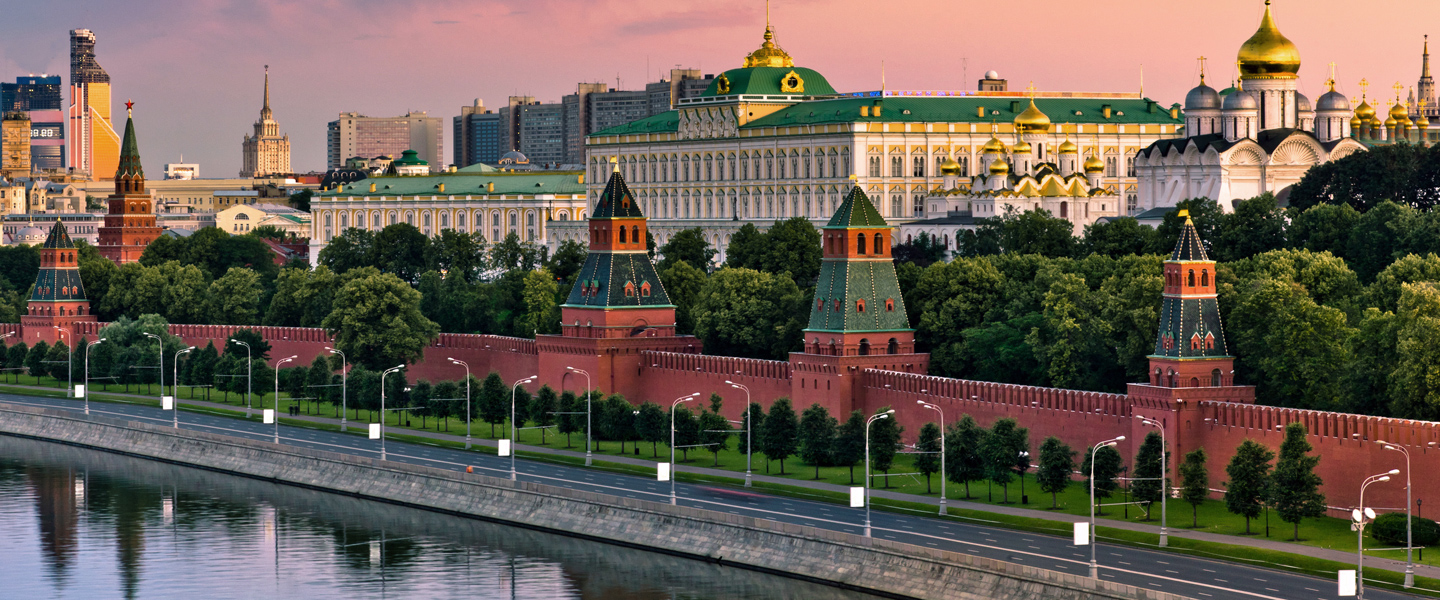 The Soviet objective of giving lodging to each family, and the quick development of Moscow's populace, prompted the development of substantial, repetitive lodging squares. The vast majority of these date from the post-Stalin time and the styles are frequently named after the pioneer at that point in control (Brezhnev, Khrushchev, and so on.). They are generally severely kept up.Despite the fact that the city still has some five-story loft structures developed before the mid-1960s, later flat structures are more often than not no less than nine stories tall, and have lifts. It is assessed that Moscow has over twice the same number of lifts as New York City and four fold the number of as Chicago. Moslift, one of the city's significant lift working organizations, has around 1500 lift mechanics accessible as needs be, to discharge inhabitants caught in elevators.
The Soviet objective of giving lodging to each family, and the quick development of Moscow's populace, prompted the development of substantial, repetitive lodging squares. The vast majority of these date from the post-Stalin time and the styles are frequently named after the pioneer at that point in control (Brezhnev, Khrushchev, and so on.). They are generally severely kept up.Despite the fact that the city still has some five-story loft structures developed before the mid-1960s, later flat structures are more often than not no less than nine stories tall, and have lifts. It is assessed that Moscow has over twice the same number of lifts as New York City and four fold the number of as Chicago. Moslift, one of the city's significant lift working organizations, has around 1500 lift mechanics accessible as needs be, to discharge inhabitants caught in elevators.
Stalinist-period structures, for the most part found in the focal piece of the city, are enormous and more often than not ornamented with Socialist authenticity themes that impersonate established subjects. Be that as it may, little places of worship – quite often Eastern Orthodox– found over the city give looks of its past. The Old Arbat Street, a vacationer road that was at one time the core of a bohemian zone, safeguards a large portion of its structures from before the twentieth century. Numerous structures found off the fundamental roads of the inward city (behind the Stalinist façades of Tverskaya Street, for instance) are additionally cases of average design common of Tsarist circumstances. Ostankino Palace, Kuskovo, Uzkoye and other extensive homes simply outside Moscow initially have a place with nobles from the Tsarist time, and a few religious communities and cloisters, both inside and outside the city, are available to Muscovites and visitors.
Endeavors are being made to reestablish a large number of the city's best-kept cases of pre-Soviet engineering. These reestablished structures are effortlessly spotted by their splendid new hues and spotless façades. There are a couple of cases of prominent, early Soviet cutting edge work as well, for example, the place of the designer Konstantin Melnikov in the Arbat territory. Huge numbers of these rebuilding efforts were scrutinized for asserted lack of respect of chronicled realness. Facadism is likewise generally practiced. Later cases of fascinating Soviet design are typically set apart by their noteworthy size and the semi-Modernist styles utilized, for example, with the Novy Arbat venture, recognizably known as "bogus teeth of Moscow" and famous for the wide-scale disturbance of a memorable territory in focal Moscow engaged with the undertaking.
Plaques on house outsides will illuminate passers-by that a notable identity once lived there. Every now and again, the plaques are devoted to Soviet superstars not outstanding outside (or frequently, as with brightened officers and progressives, now both inside) of Russia. There are likewise many "exhibition hall houses" of well known Russian essayists, writers, and craftsmen in the city.
 Moscow's horizon is rapidly modernizing with a few new towers under development. Lately, the city organization has been broadly condemned for overwhelming pulverization that has influenced numerous chronicled structures. As much as 33% of noteworthy Moscow has been decimated in the previous few years to make space for extravagance condos and hotels. Other authentic structures, including such milestones as the 1930 Moskva inn and the 1913 retail chain Voyentorg, have been leveled and reproduced once again, with the inescapable loss of chronicled esteem. Faultfinders accuse the administration for not upholding protection laws: over the most recent 12 years in excess of 50 structures with landmark status were torn down, a few of those going back to the seventeenth century. Some pundits additionally think about whether the cash utilized for the reproduction of demolished structures couldn't be utilized for the redesign of rotting structures, which incorporate numerous works by planner Konstantin Melnikov and Mayakovskaya metro station.
Moscow's horizon is rapidly modernizing with a few new towers under development. Lately, the city organization has been broadly condemned for overwhelming pulverization that has influenced numerous chronicled structures. As much as 33% of noteworthy Moscow has been decimated in the previous few years to make space for extravagance condos and hotels. Other authentic structures, including such milestones as the 1930 Moskva inn and the 1913 retail chain Voyentorg, have been leveled and reproduced once again, with the inescapable loss of chronicled esteem. Faultfinders accuse the administration for not upholding protection laws: over the most recent 12 years in excess of 50 structures with landmark status were torn down, a few of those going back to the seventeenth century. Some pundits additionally think about whether the cash utilized for the reproduction of demolished structures couldn't be utilized for the redesign of rotting structures, which incorporate numerous works by planner Konstantin Melnikov and Mayakovskaya metro station.





/160317893-56a3befb5f9b58b7d0d394fe.jpg)





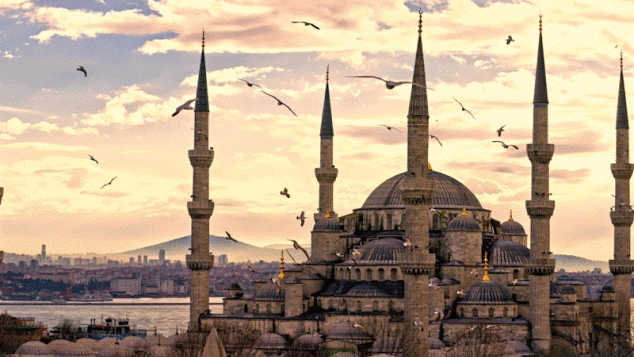











/GettyImages-555749235-5959b9845f9b58843f4526a5.jpg)

